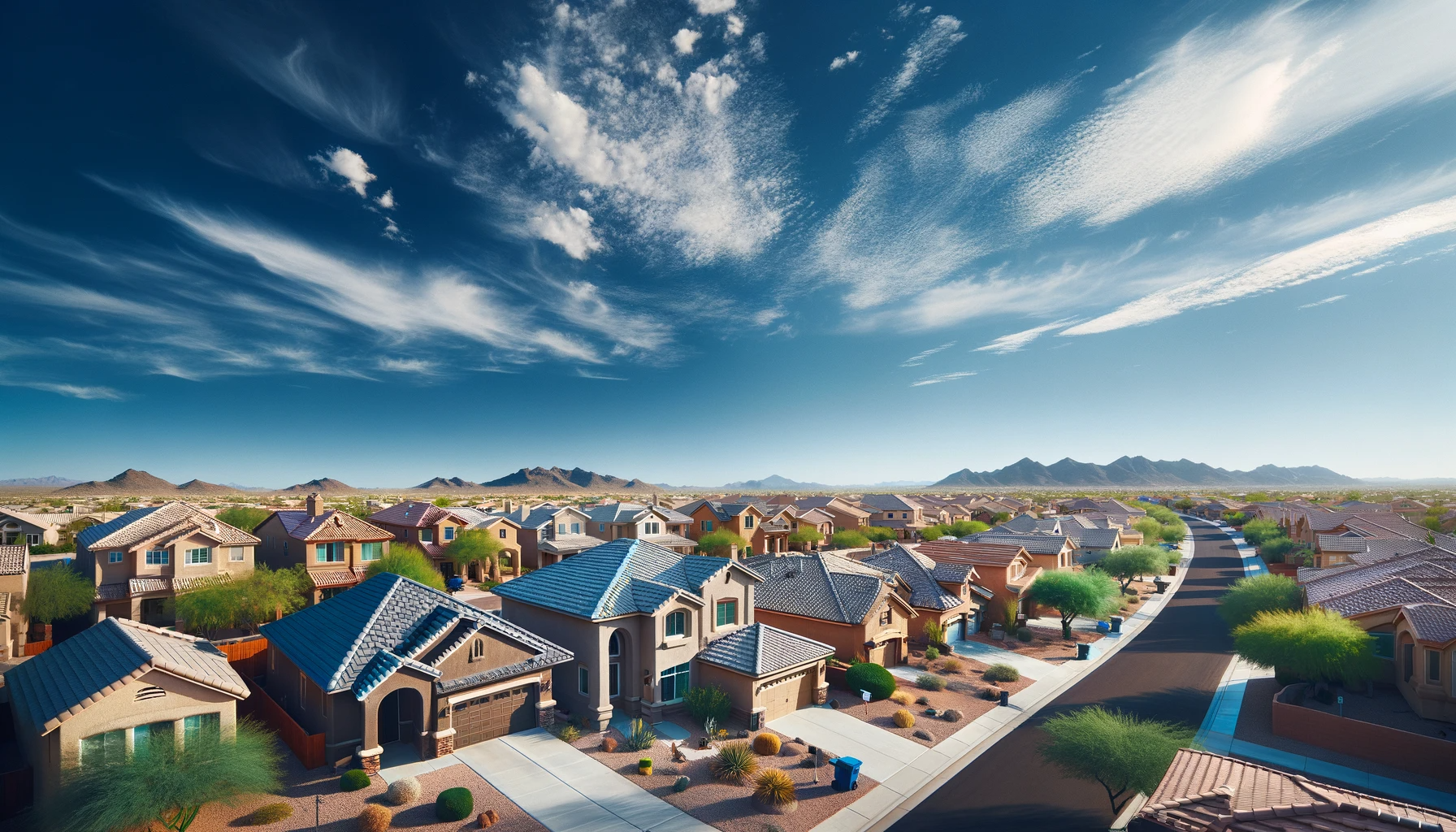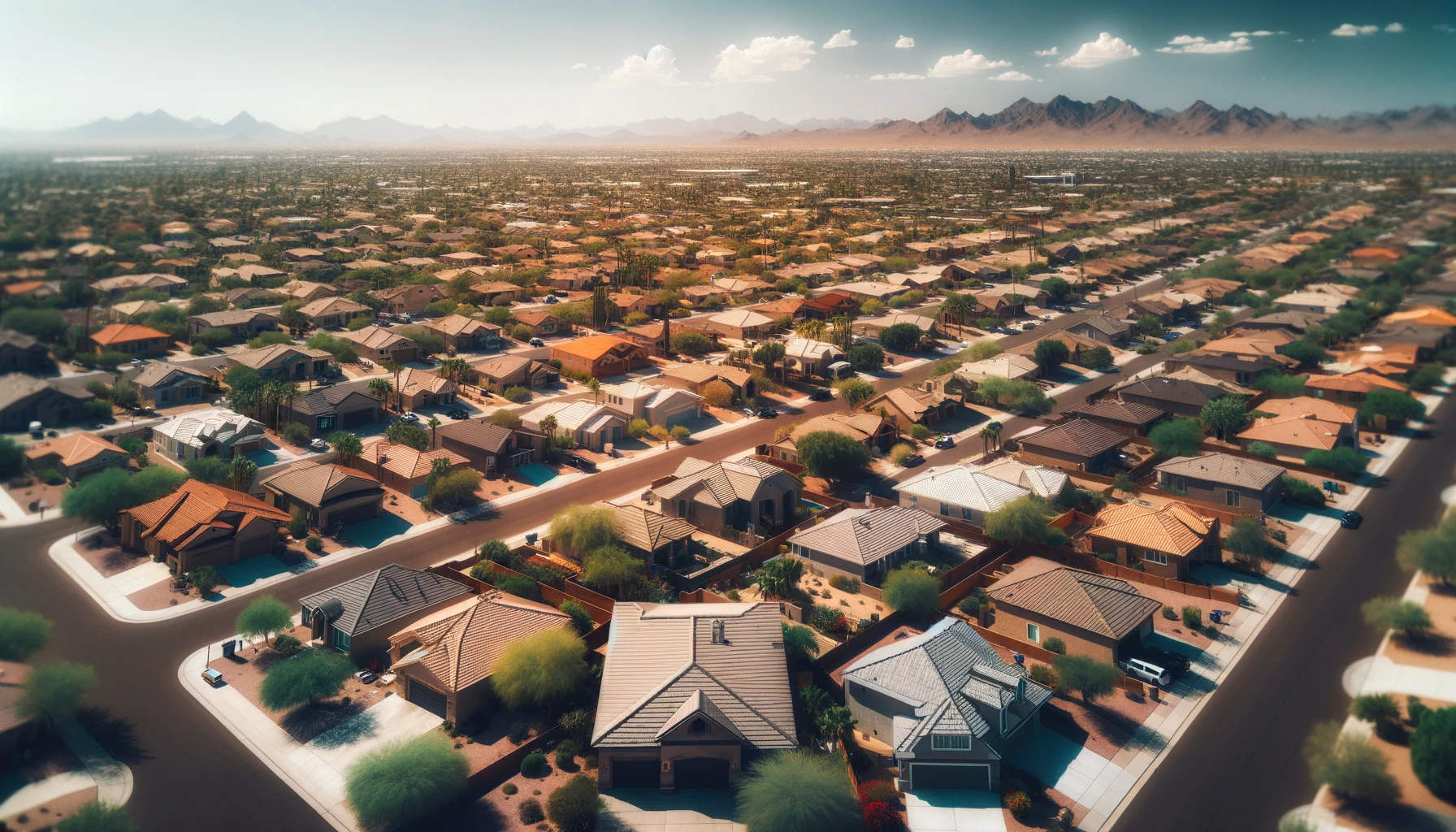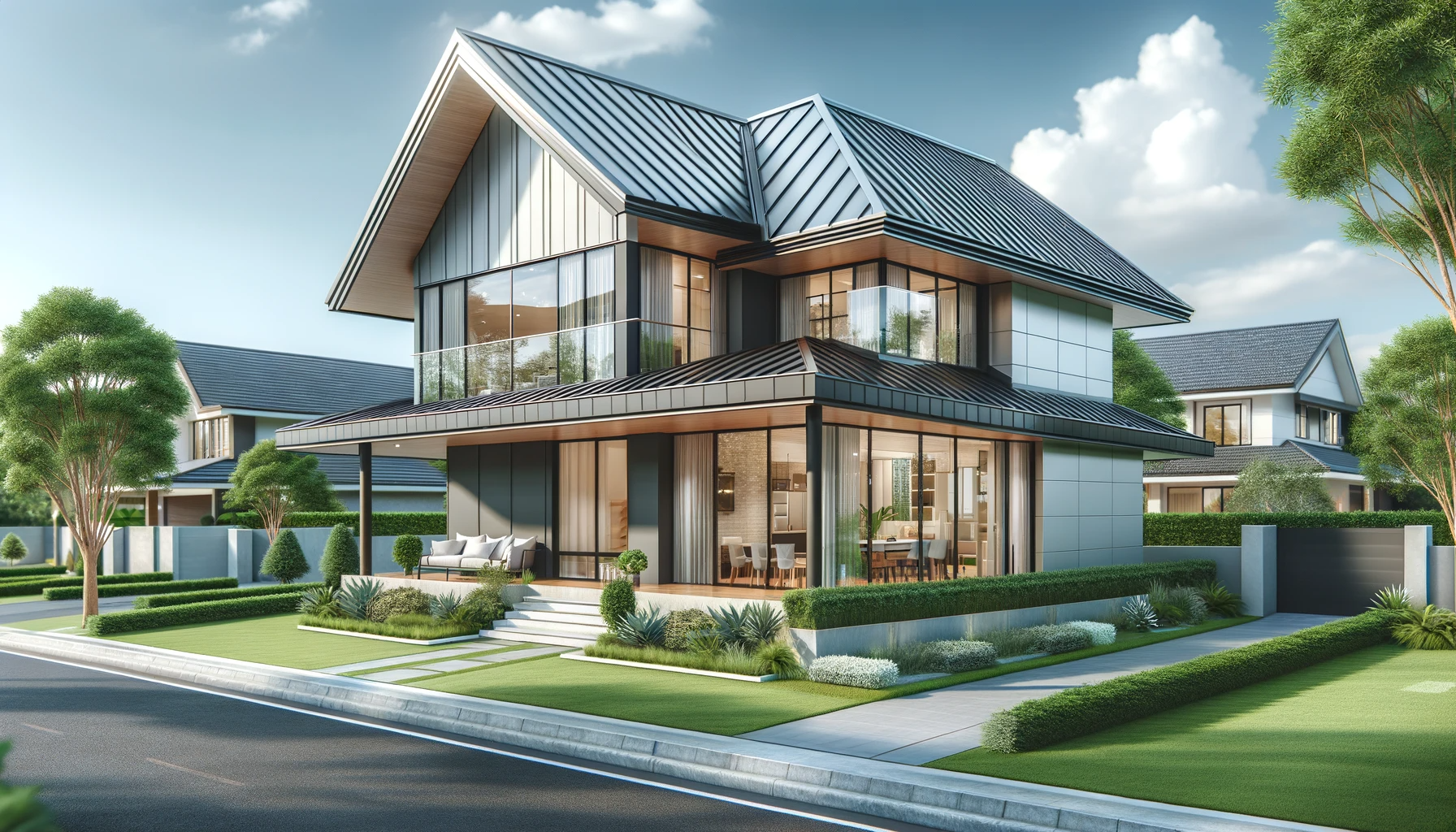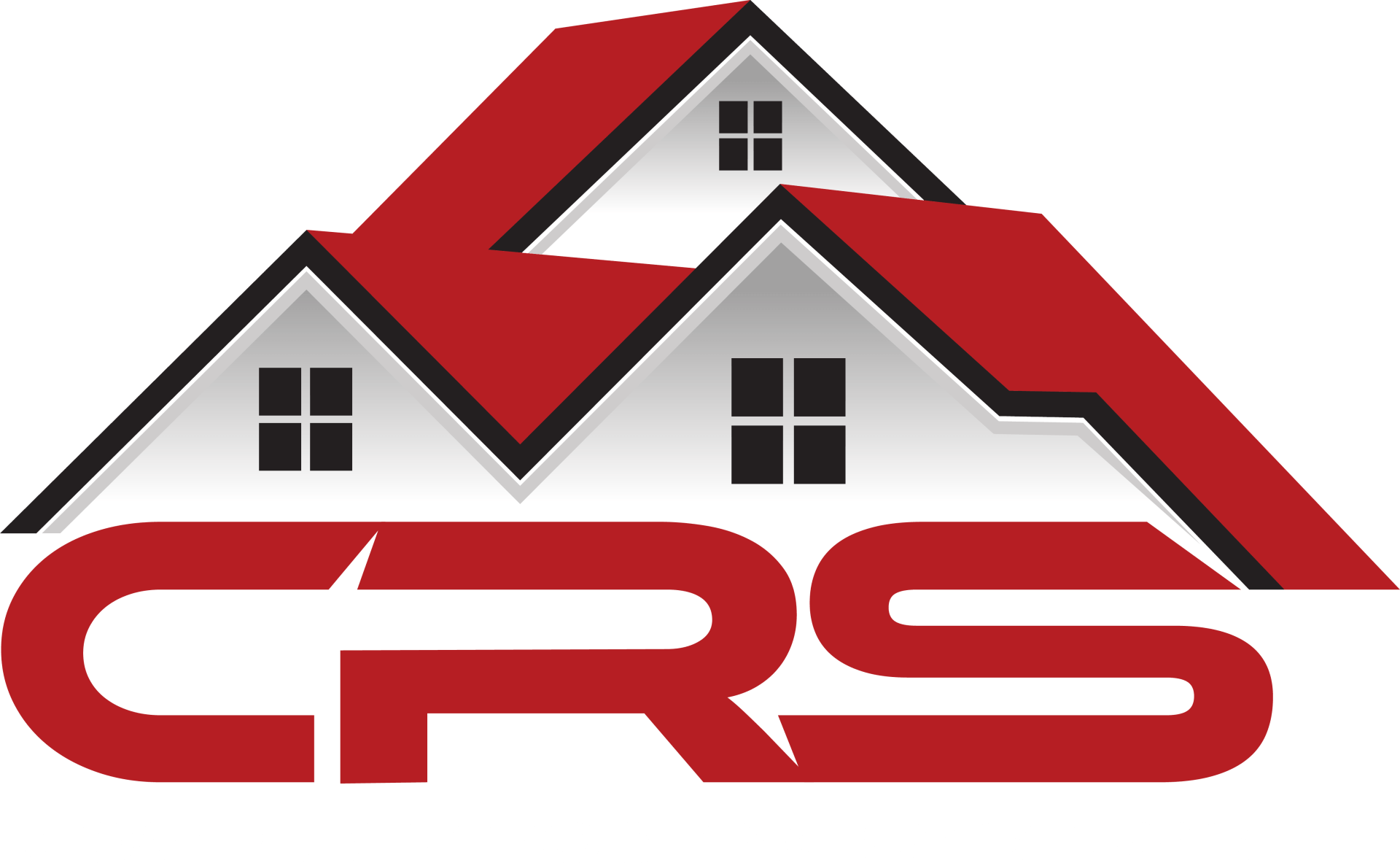Understanding Roof Insulation: Benefits for Arizona Homes
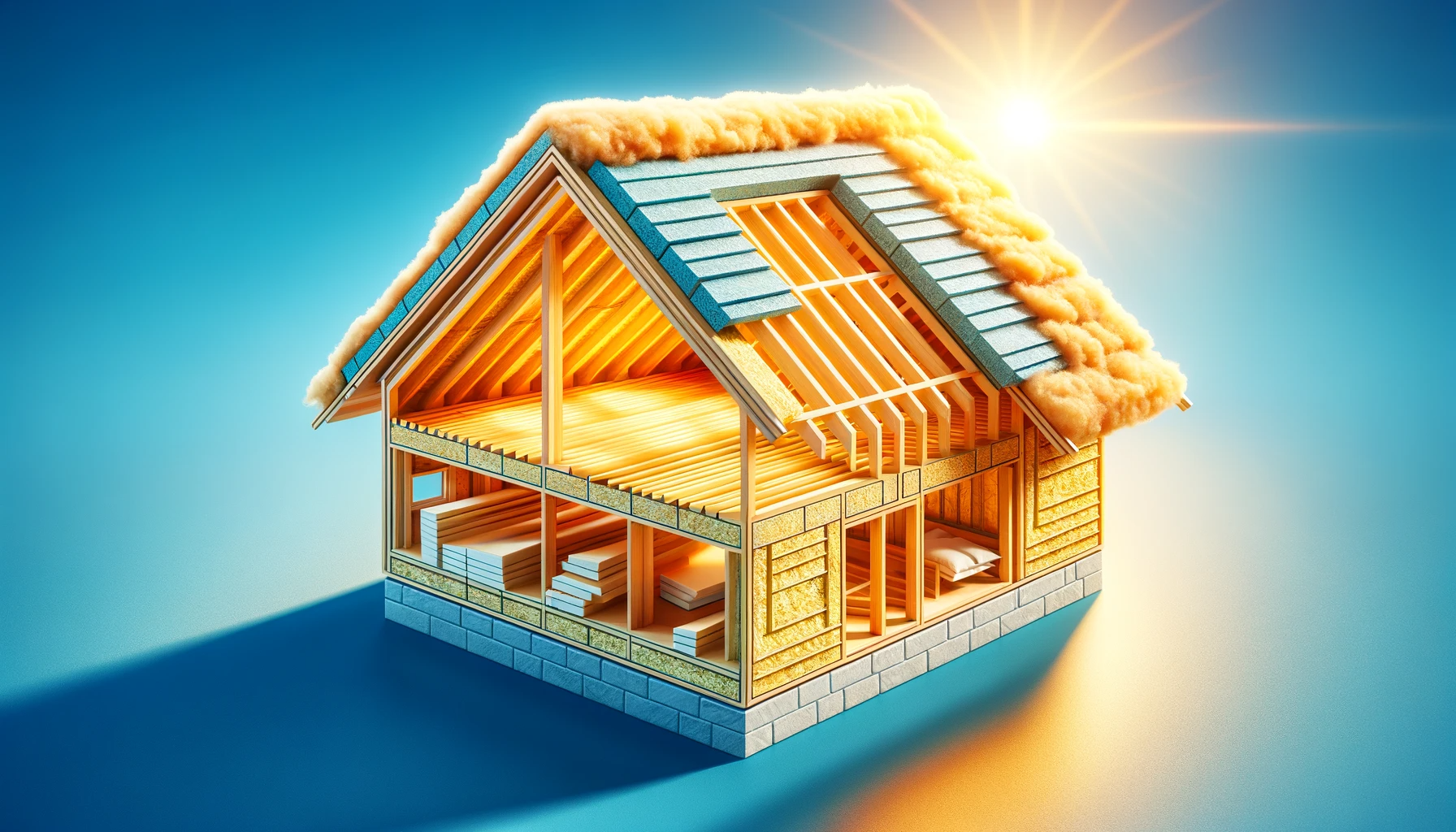
In the heart of the desert, Arizona homes face unique challenges when it comes to maintaining comfortable indoor temperatures. As residents of Phoenix or Tucson know all too well, the scorching summer heat can drive up energy bills and strain home cooling systems. This is where roof insulation becomes a game-changer. In this blog, we will explore the critical role of roof insulation in Arizona homes, focusing on its benefits, types, and installation considerations.
The Importance of Roof Insulation in Arizona
1. Energy Efficiency:
Roof insulation acts as a barrier to heat flow, keeping your home cooler in summer and warmer in winter. This thermal resistance reduces the burden on your heating and cooling systems, leading to significant energy savings. In a state where air conditioning is almost a year-round necessity, well-insulated roofs can cut down energy consumption dramatically, leading to lower utility bills.
2. Enhanced Comfort:
Insulation helps in maintaining a consistent indoor temperature. This means fewer hot spots and cold drafts, resulting in a more comfortable living environment. In Arizona's extreme weather conditions, this consistency is vital for both comfort and health.
3. Reduced Carbon Footprint:
By reducing the need for excessive heating and cooling, insulation contributes to lower carbon emissions. For environmentally conscious homeowners, this is a step towards a more sustainable lifestyle.
4. Increased Home Value:
Homes with effective insulation are often valued higher in the real estate market. Energy efficiency is a growing concern for homebuyers, making insulated homes a desirable choice.
Types of Roof Insulation Suitable for Arizona
1. Fiberglass Batts:
Fiberglass batts are a common and cost-effective insulation choice. They are easy to install and suitable for standard spaced rafters and attic joists. However, they require careful handling to avoid skin irritation.
2. Rigid Foam Boards:
Rigid foam insulation offers higher R-values (thermal resistance) per inch than fiberglass. It is ideal for limited space areas and can be used in layers to achieve the desired insulation level.
3. Spray Foam Insulation:
Spray foam is highly effective in sealing gaps and providing an airtight barrier. It's particularly useful in irregularly shaped roofs or areas with obstructions.
4. Radiant Barriers:
In hot climates like Arizona's, radiant barriers are often used in conjunction with other insulation types. They reflect radiant heat, reducing heat gain in your home.
Installation Considerations
1. Professional Assessment:
A professional evaluation is crucial to determine the best insulation type and thickness for your roof. Factors like roof design, local climate, and existing insulation play a role in this decision.
2. Ventilation:
Proper roof ventilation is essential to prevent moisture accumulation. Insulation should not block air flow from eaves to the ridge of the roof.
3. Sealing Air Leaks:
Before installing insulation, it's important to seal any air leaks. This ensures maximum efficiency of the insulation material.
4. Local Building Codes:
Adherence to local building codes and regulations is vital. These codes specify minimum R-values and installation standards.
Long-Term Maintenance
To maintain its effectiveness, roof insulation requires periodic checks. Look out for any signs of moisture, pest infestation, or mold growth. Compacted or damaged insulation may need replacement or supplementation.
Conclusion
For Arizona homeowners, investing in roof insulation is a wise decision. It not only offers immediate benefits in terms of comfort and energy savings but also contributes to the long-term value and sustainability of your home. With various options available, tailored to suit different needs and budgets, there’s an insulation solution for every home.
Whether you’re building a new home or retrofitting an existing one, consider roof insulation an essential component of your home’s design. It’s a step towards creating a more energy-efficient, comfortable, and eco-friendly living space in the heart of Arizona.



